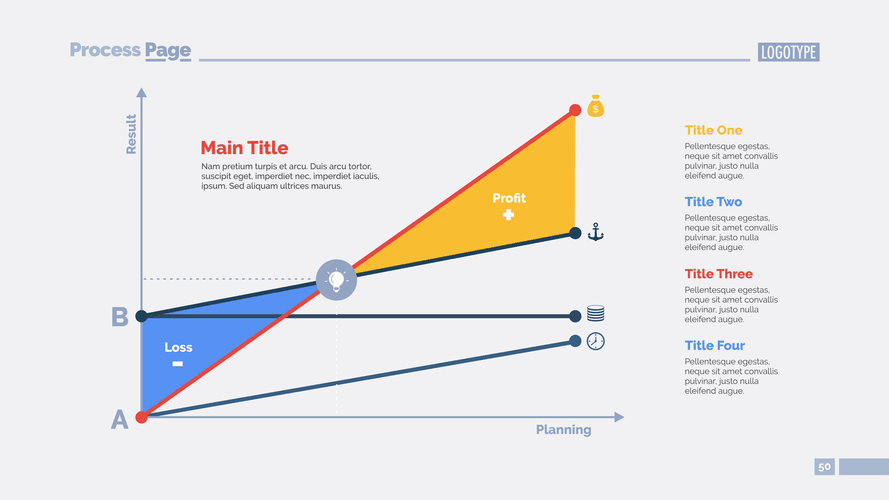Internal Controls: Definition, Structure, Types & Examples
Additionally, internal controls improve operational efficiency by reducing redundancies and streamlining workflows, leading to cost savings and improved productivity. Risk assessment identifies and analyzes potential risks to achieving organizational objectives. This involves evaluating internal and external factors that could impact financial reporting, compliance, and operations.
Financial Reporting and Audit Requirements
For example, Trullion client Bradken gives their auditor access to the Trullion platform. “If they want to look at a contract, they can go in and help themselves rather than us having to pluck out contracts. Even just showing them how the schedules are built, the accounting entries and things like that – they can know how to look themselves. Then if they’ve got any questions, just come straight back to us,” says Morgan Hoffmann, the Group Financial Accountant. An important detective control is reconciliation, which compares two sets of data to one another, and identifies/investigates differences. Download our data sheet to learn how to automate your reconciliations for increased accuracy, speed and control.
- Mistakes such as miscalculations, oversight, or failure to follow established procedures can occur, leading to errors in financial records or operational inefficiencies.
- For example, a company might establish a code of ethics to guide behavior and address ethical dilemmas.
- Internal controls—or the policies, procedures, and systems that safeguard assets and ensure compliance—are essential for managing risk.
- Techniques like variance analysis—comparing actual performance against budgeted figures—help detect anomalies.
- Regular training and open communications ensure employees understand their role in supporting these controls.
Role of Internal Controls in Preventing Fraud and Misconduct
Automated controls on the other hand are performed by computer systems or applications without human interaction, such as automated data validation, automated transactions and approvals based on predefined rules, or system generated reports. They provide benefits of reduced human error, enhanced accuracy, improved efficiency and consistency. Thanks to AI-provided automation and extraction, the effectiveness of internal controls can be ascertained at a glance, and full audit-ready reports can be generated to satisfy all stakeholders.
Record review and reconciliation
Internal controls are placed to supervise the staff, management, and board of directors to provide reasonable assurance over the financial statements. It is also a tool for auditors to reduce audit risk when the company has proper internal control. These ensure relevant information is identified, captured, and shared in a timely manner. For instance, an enterprise resource planning (ERP) system can integrate financial data across departments, providing real-time insights. Communication with external parties, such as auditors and regulators, ensures compliance with reporting requirements, enhancing transparency.
However, organizations evolve over time, and new risks can emerge due to changes in technology, operations, or the regulatory environment. If controls are not updated to reflect these changes, they may become ineffective in addressing new risks. Environmental, social, and governance (ESG) factors are gaining prominence in internal control frameworks.
Corporate Policies
These controls safeguard assets, detect errors or fraud, and ensure compliance with laws and regulations. Frameworks such as the Committee of Sponsoring Organizations of the Treadway Commission (COSO) provide models for evaluating and enhancing these systems. No two systems of internal controls are identical, but many core philosophies regarding financial integrity and accounting practices have become standard management practices.
High-level managers or executives may have the ability to override controls, especially if they have significant authority in the organization. For instance, a senior manager may approve transactions that don’t meet standard control requirements, undermining the system and increasing the risk of fraud or misstatements. When one company full of talented people, it will help them to grow and achieve the main objective. It will improve other internal control as the people less likely to make any mistake.
Another way of looking at internal control is that these activities are needed to mitigate the amount and types of risk to which a firm is subjected. Controls are also useful for consistently producing reliable financial statements. To effectively manage risk, organizations need to identify their potential risks, then implement internal controls to mitigate them. Accounting teams should have an always-on approach to monitoring since new risks can surface without warning. The teams should then deliver audit reports to the board to surface any new risks. While internal controls ensure good governance, the internal control components provide a framework for the accounting system.
Implementation of physical security to protect sensitive information and assets, such as restricted access to server rooms, security cameras in high-risk areas, compulsory data security training for all employees for proper management or sensitive information. Regular review of financial statements, such as comparison of bank statements with accounting records, or review of inventory records for accuracy. Hard controls are tangible controls such as policies and procedures, typically documented and enforced. Examples are security cameras, access badges and locks such as physical security, computer passwords, formal approval processes, written policies and procedures.
Internal controls are mechanisms, policies, and procedures designed to ensure accurate financial reporting, safeguard assets, improve operational efficiency, and ensure legal compliance. They help prevent fraud, detect errors, and ensure that financial activities are conducted securely and systematically. Reliable and accurate financial reporting plays an important role in taking informed decisions by stakeholders, investors and management and internal controls make sure that financial information is reliable and complete and reduces the risk of misstatements.
Documentation and Record-Keeping: Maintaining Reliable Audit Trails
Internal auditors encourage operating efficiency throughout the company and are alert for breakdowns in the company’s internal control structure. In addition, internal auditors make recommendations for the improvement of the company’s internal control structure. However, internal auditing is especially necessary in large organizations because the owners (stockholders) cannot be involved personally with all aspects of the business. Internal control is a set of activities that are layered onto the normal operating procedures of an organization, with the intent of safeguarding assets, minimizing errors, and ensuring that operations are conducted in an approved manner.
Secondary controls on the other hand supportive controls and are not as critical as the key controls. These controls can help internal controls accounting resolve the issues but are not important in control objectives achievement. Manual controls are mostly performed by people, such as handwritten approvals, manual reviews of invoices or physical inventory counts.
- Regular monitoring allows organizations to adapt to changing conditions and maintain robust systems.
- Effective internal controls require a comprehensive understanding of potential risks that could impact an organization’s financial integrity.
- Segregation of duties is perhaps the most fundamental internal control in accounting.
- As the organization grows or changes and information systems evolve, processes often fail to evolve at the same pace.
- The perpetrators were able to commit fraud because the victim organization lacked strong internal accounting controls.
- Automating the internal controls can increase the efficiency and effectiveness of the controls.
Gain unlimited access to more than 250 productivity Templates, CFI’s full course catalog and accredited Certification Programs, hundreds of resources, expert reviews and support, the chance to work with real-world finance and research tools, and more. Upgrading to a paid membership gives you access to our extensive collection of plug-and-play Templates designed to power your performance—as well as CFI’s full course catalog and accredited Certification Programs. Below is a break down of subject weightings in the FMVA® financial analyst program.











